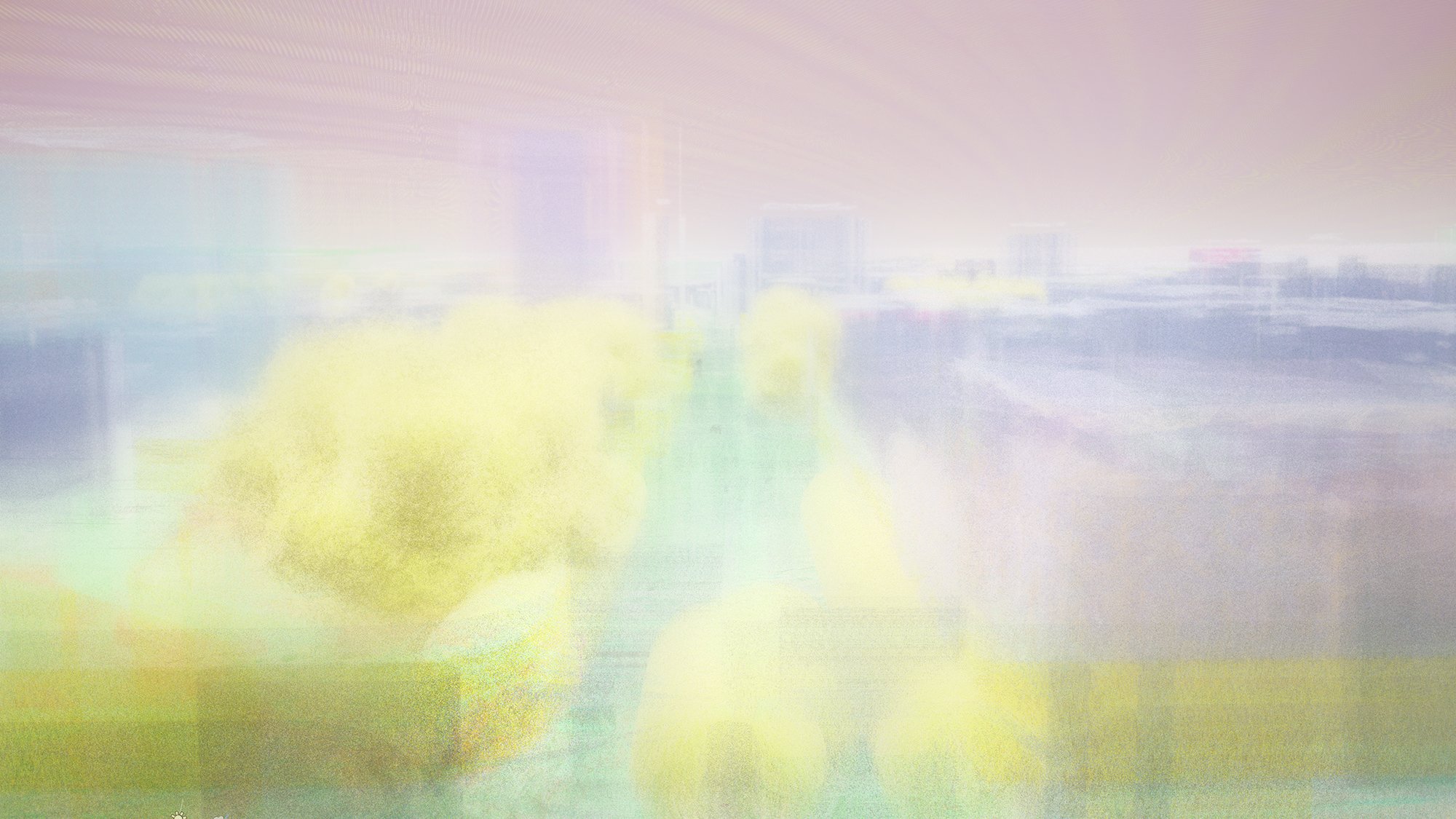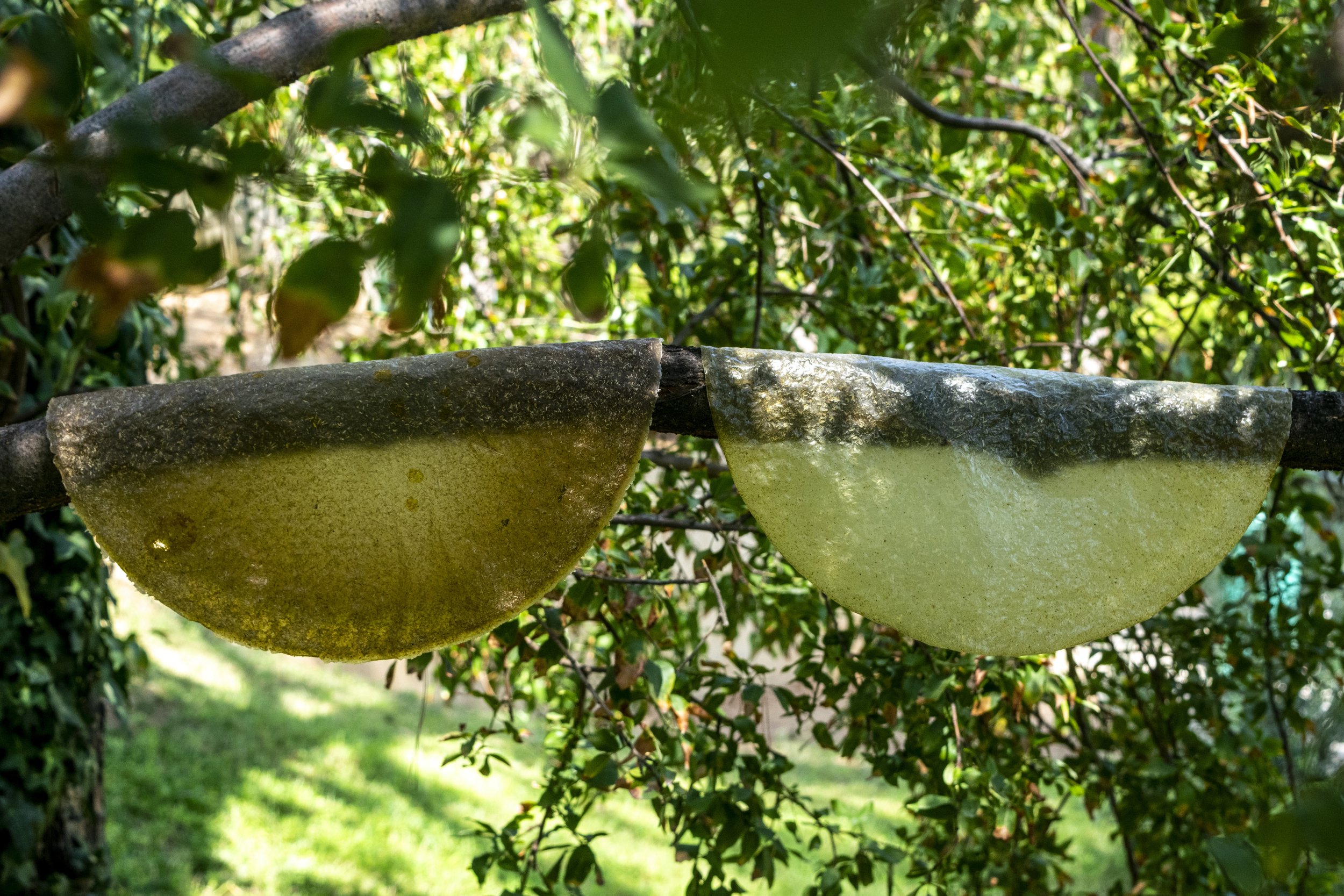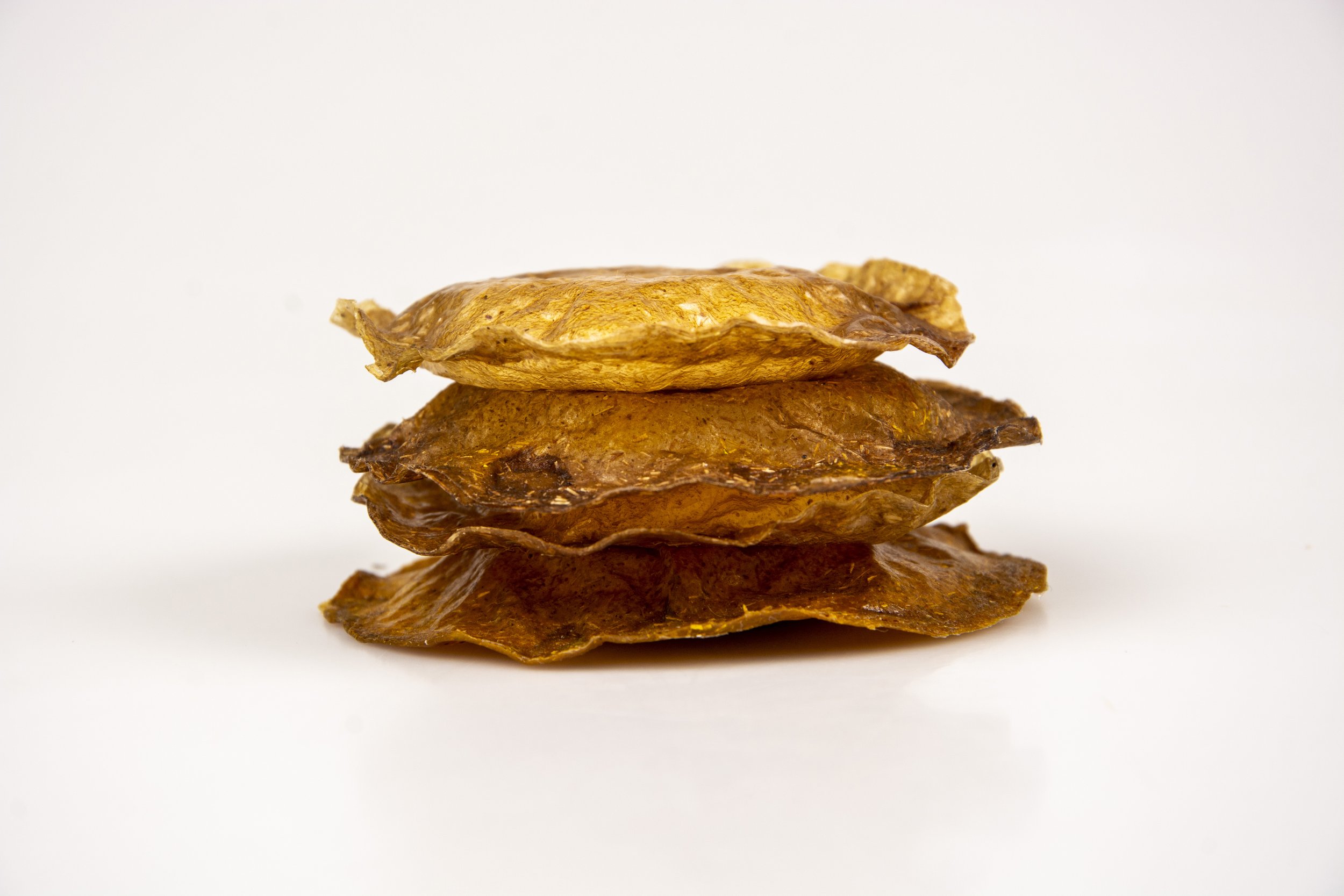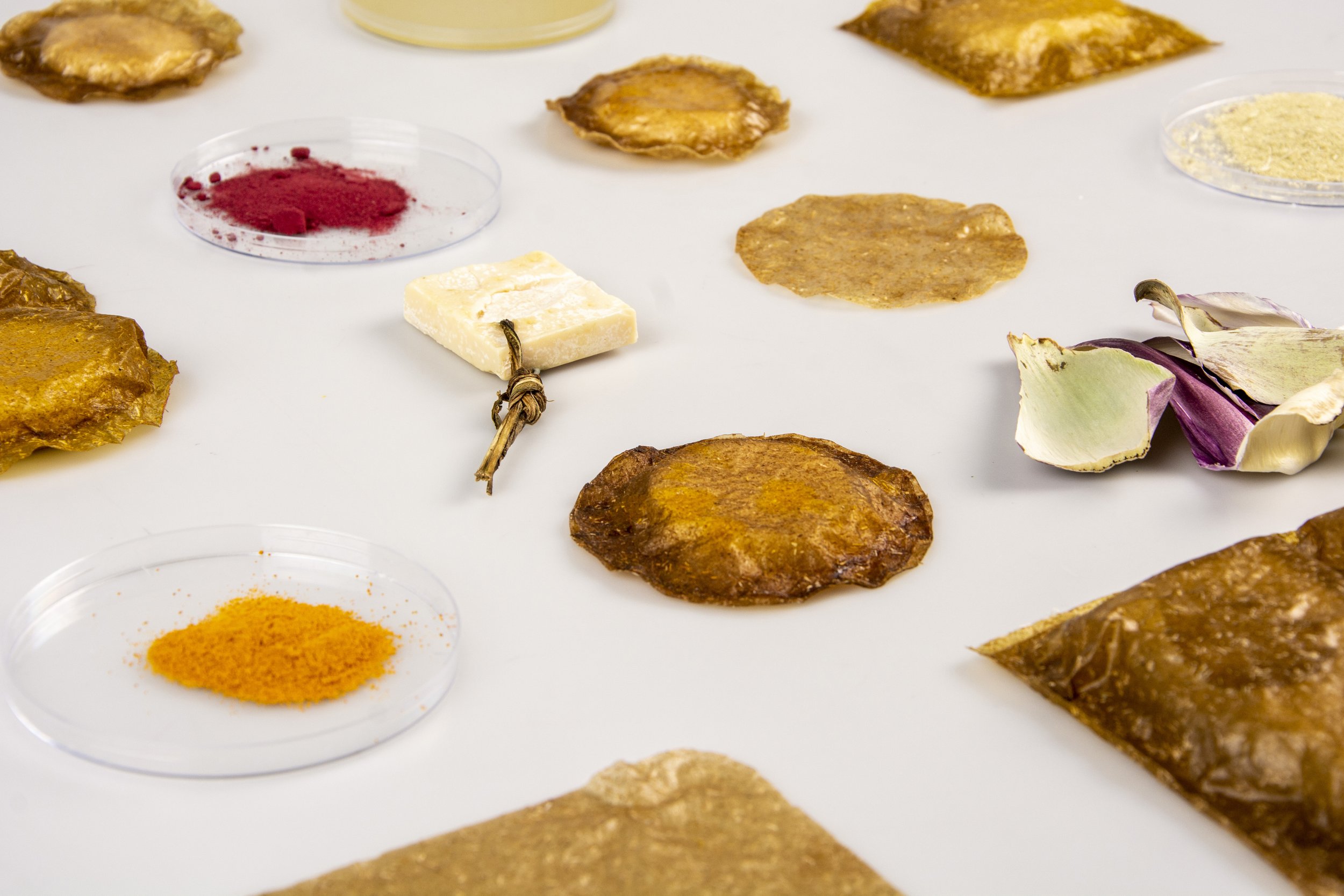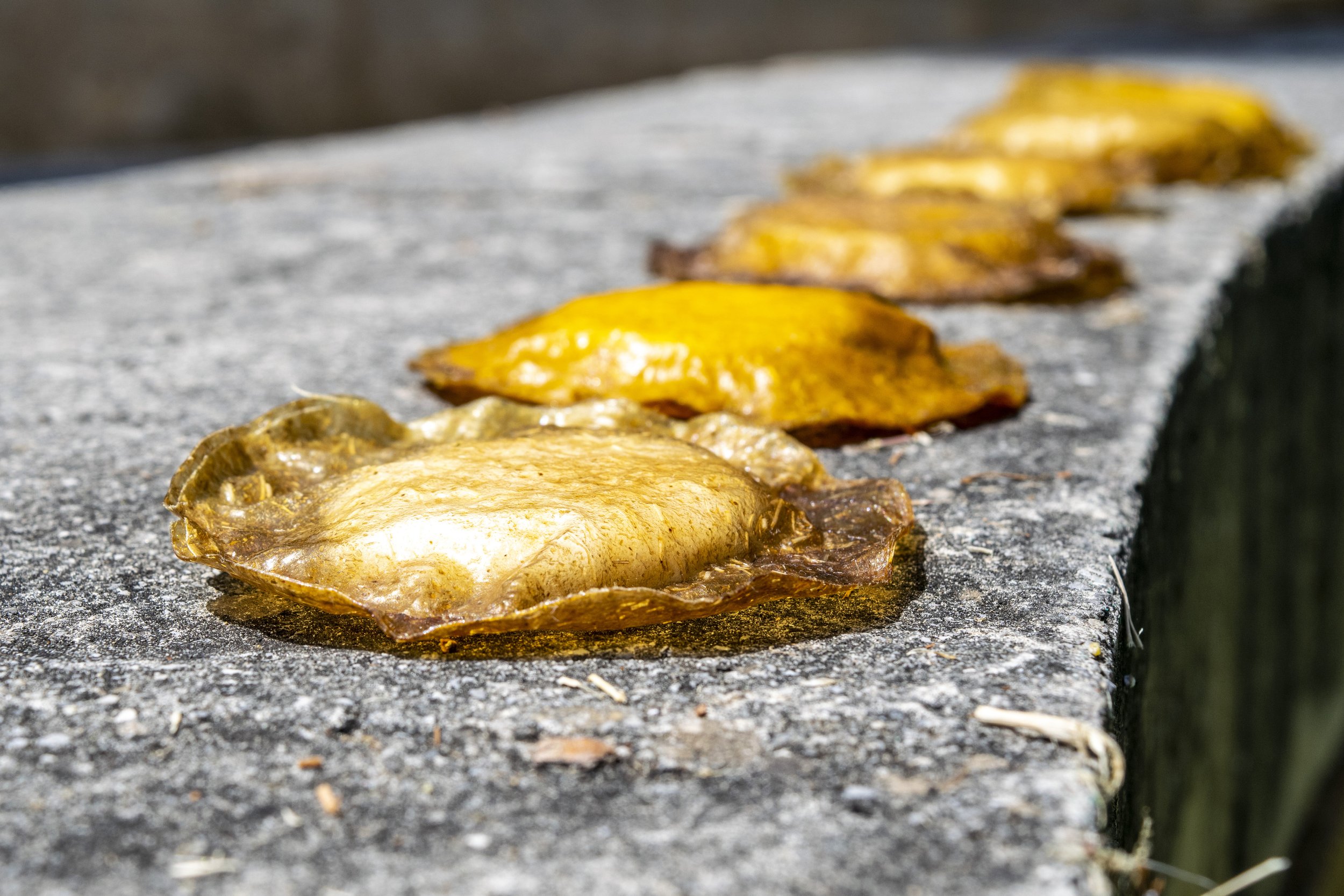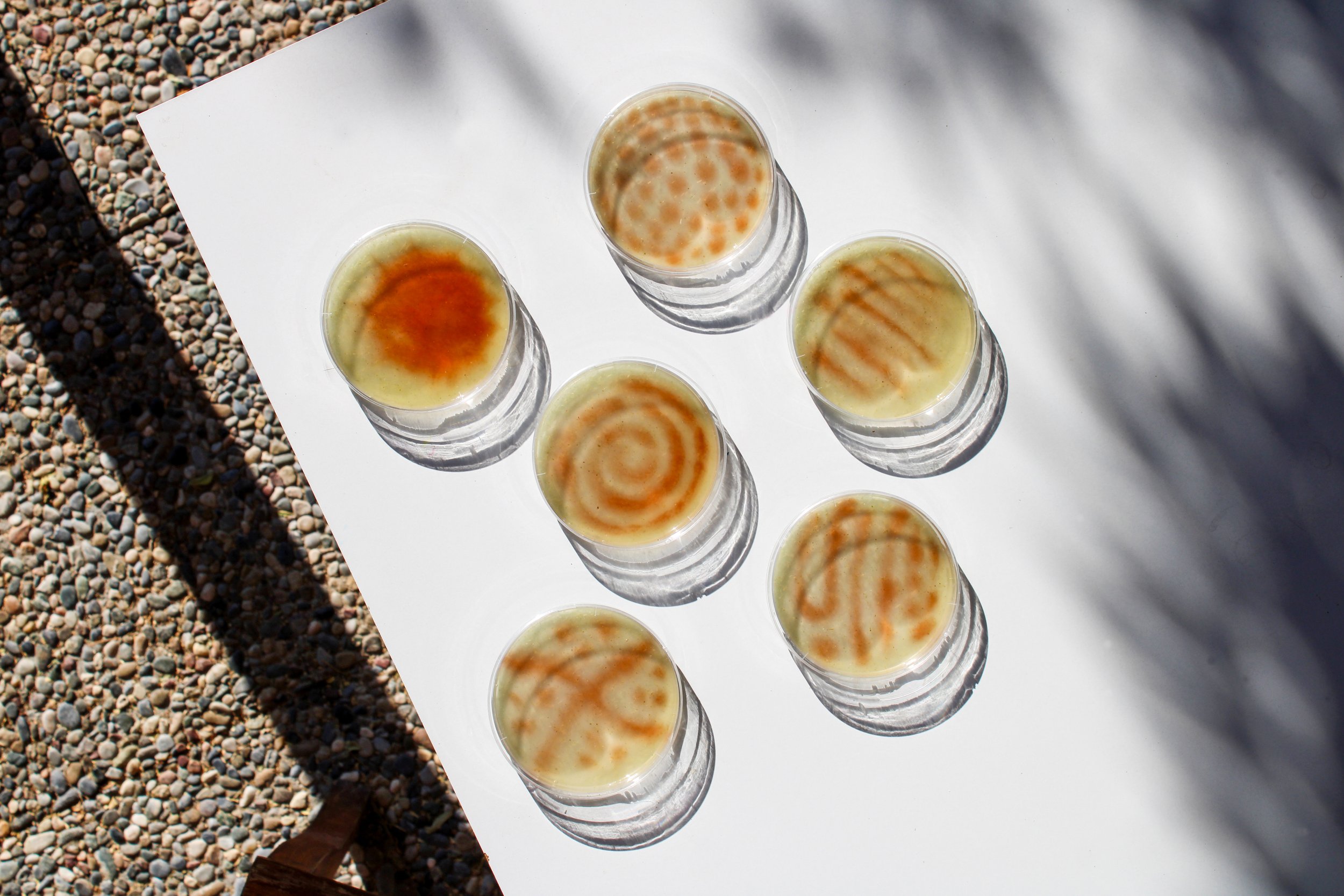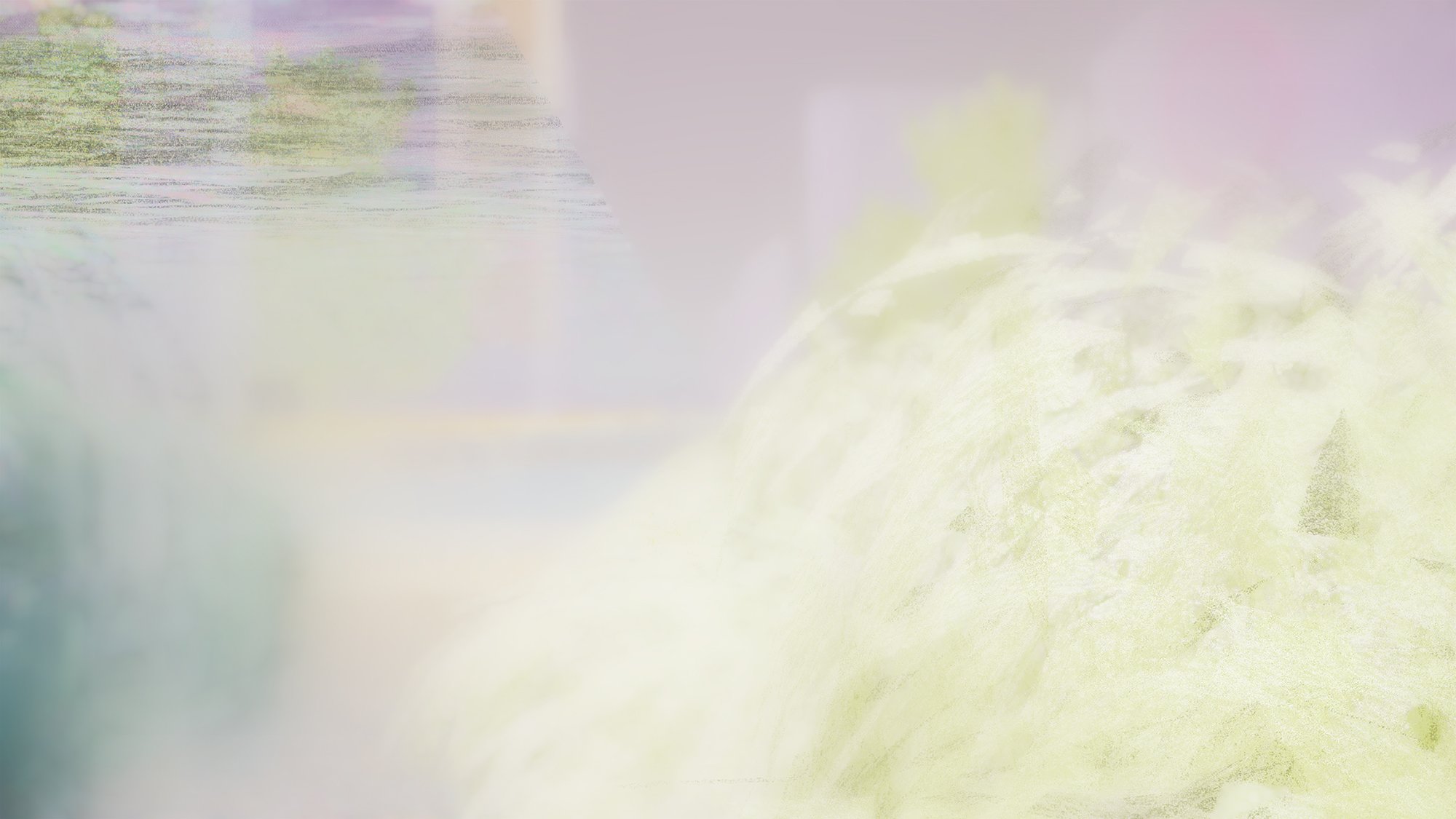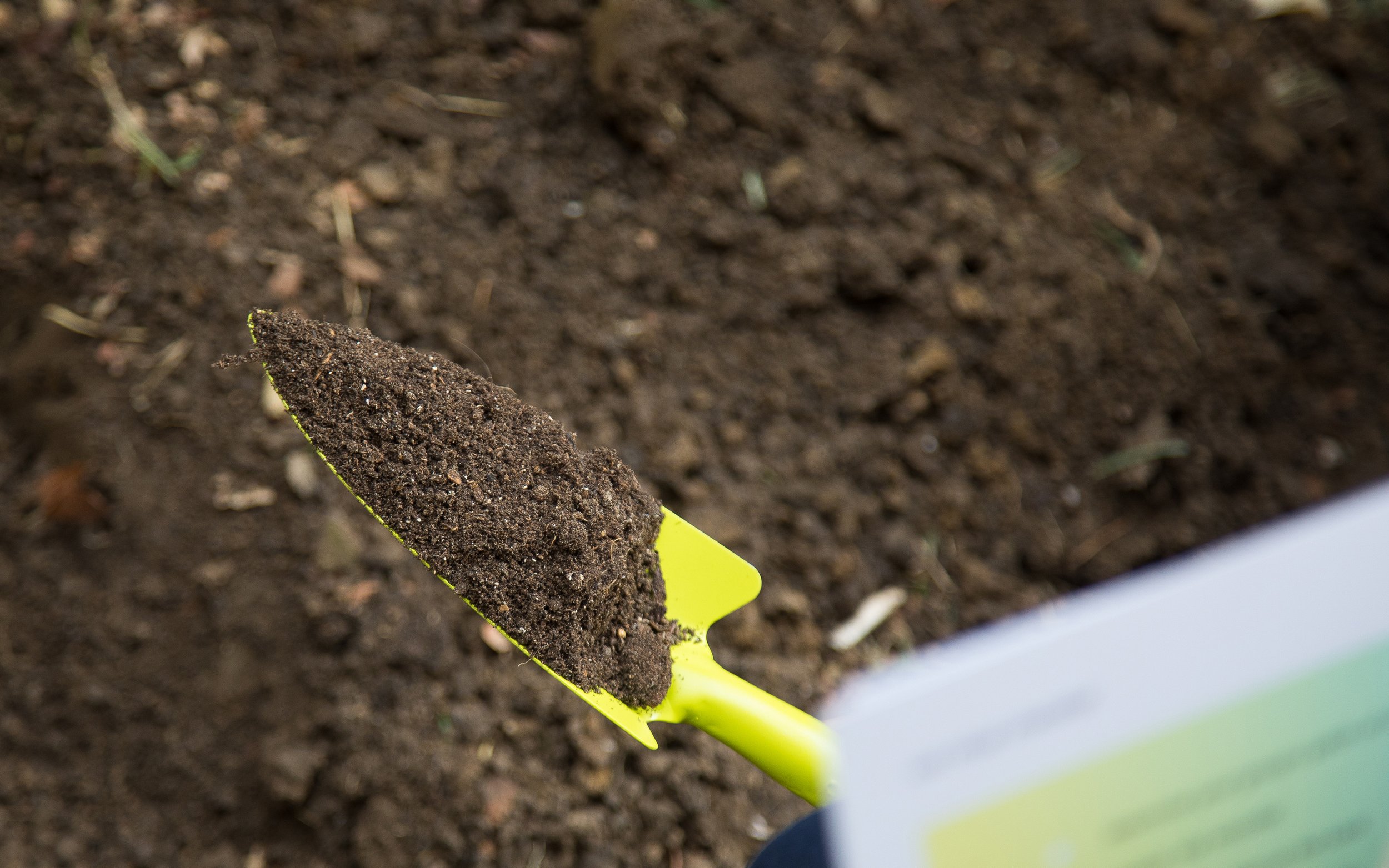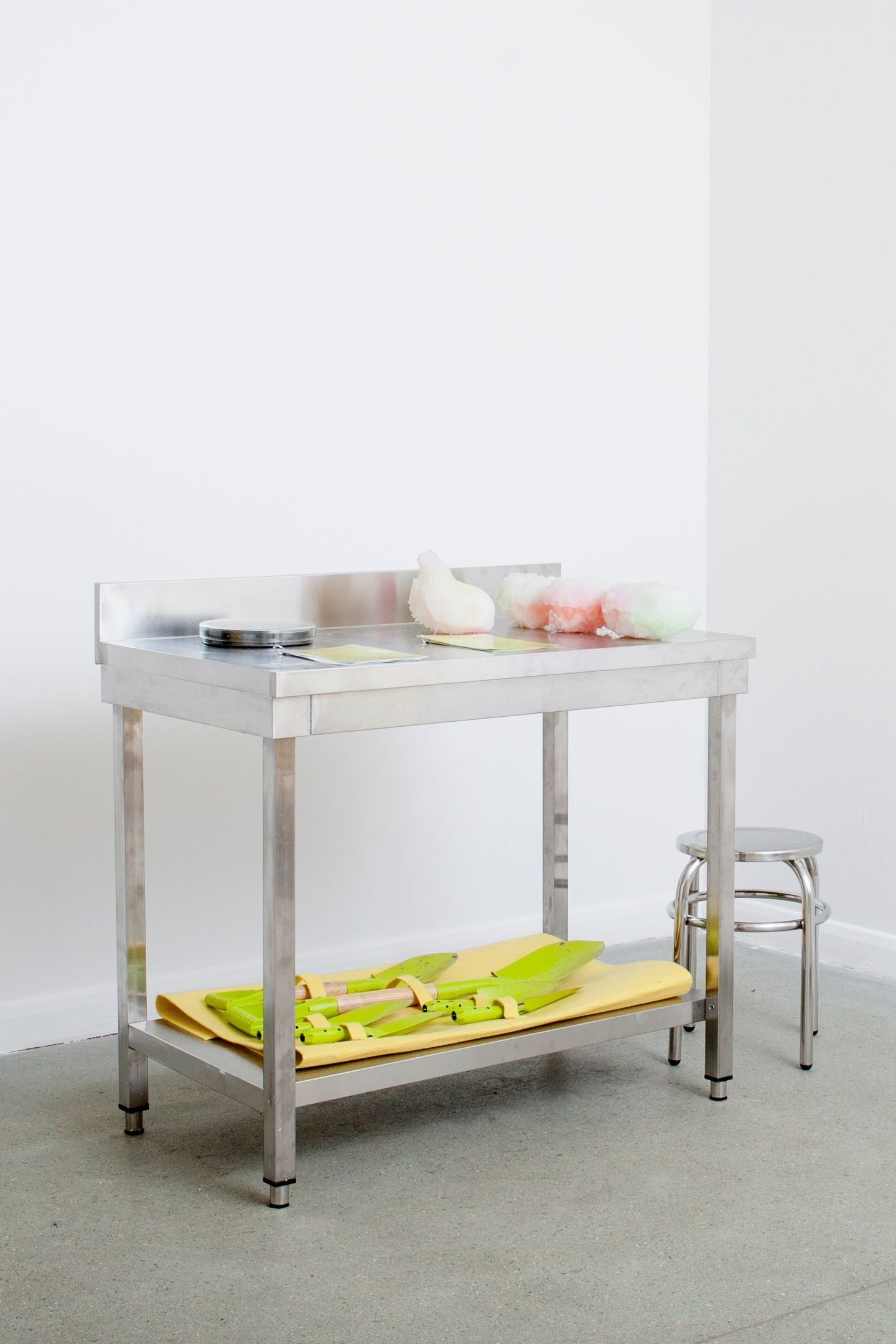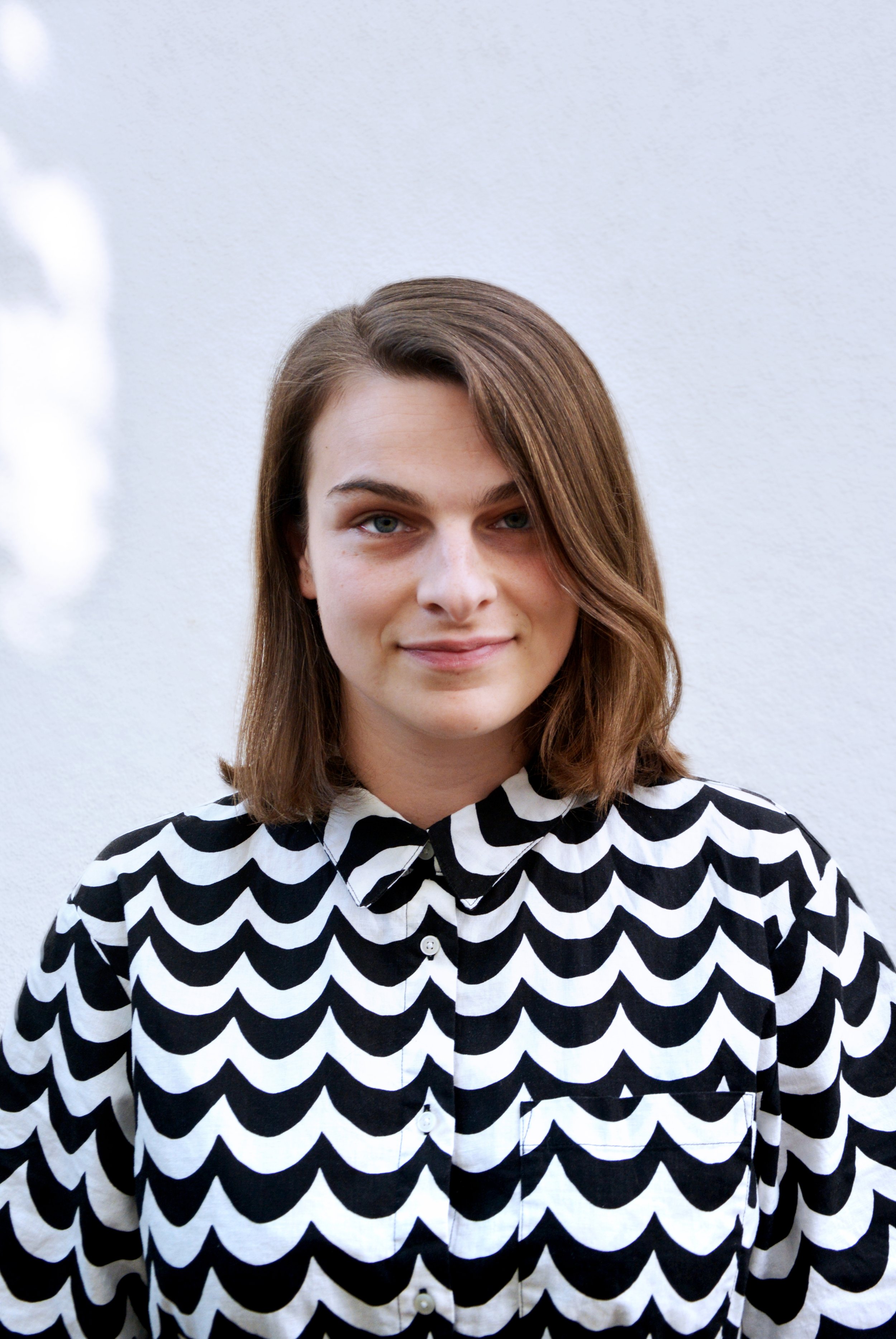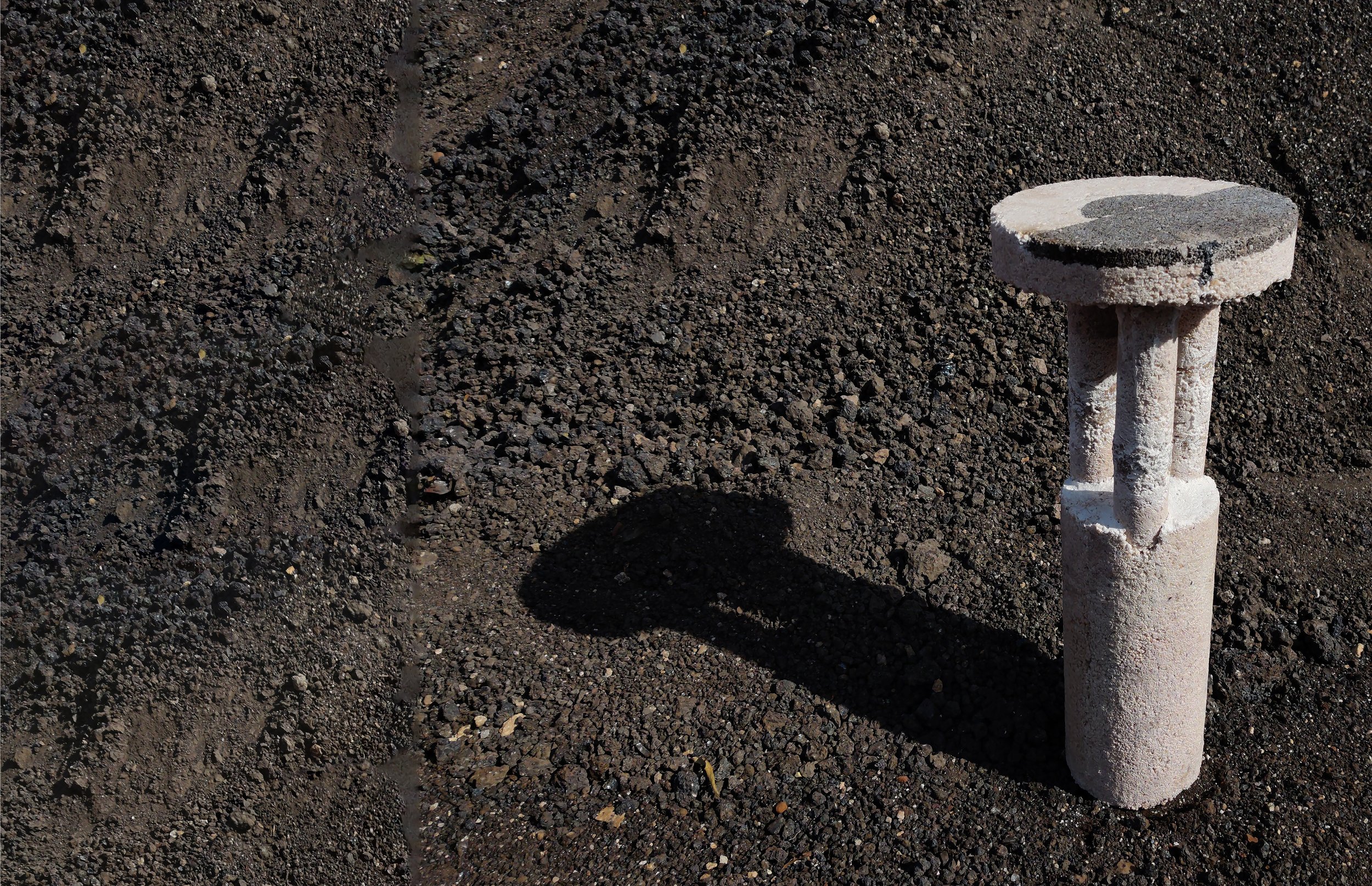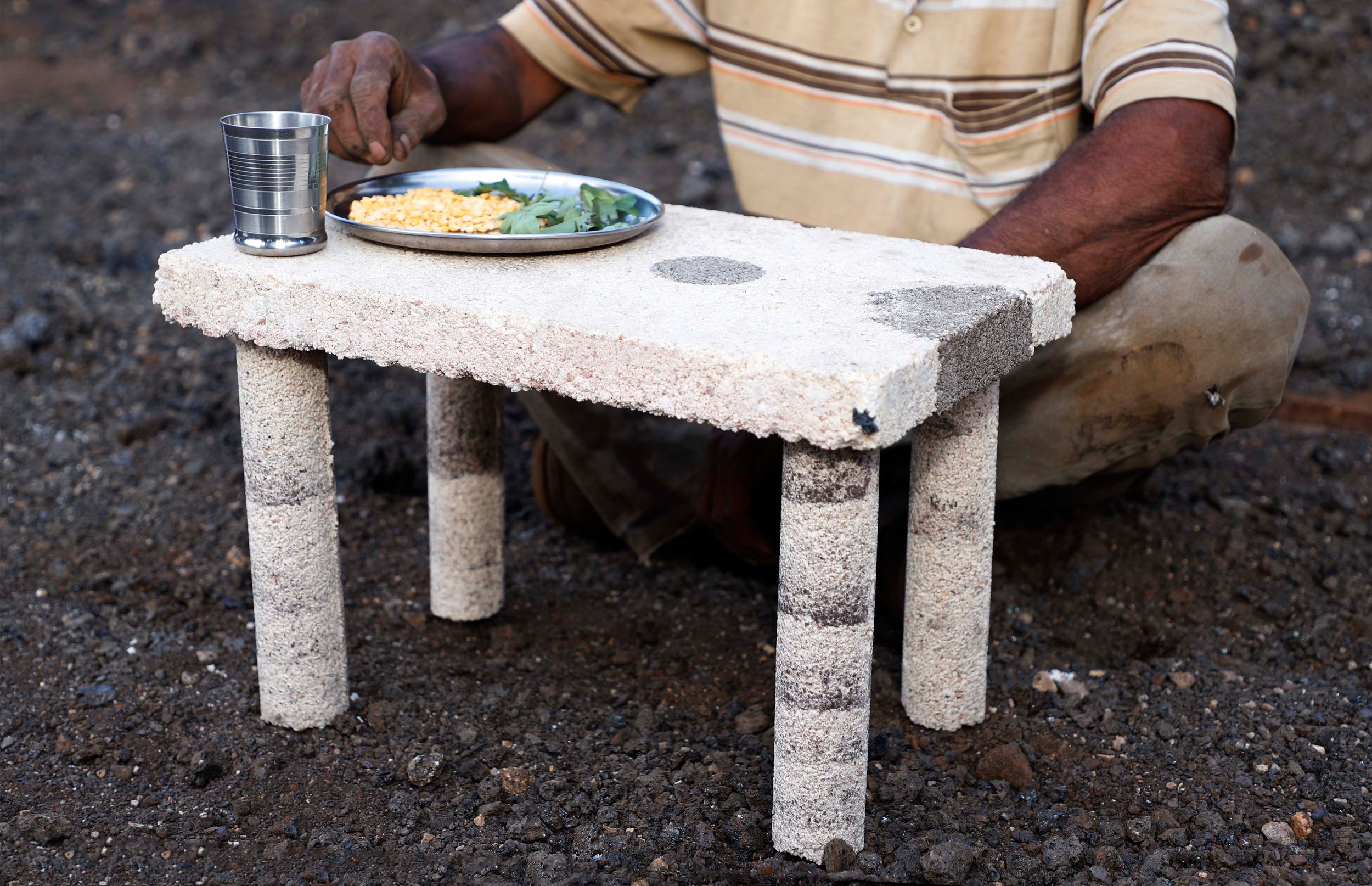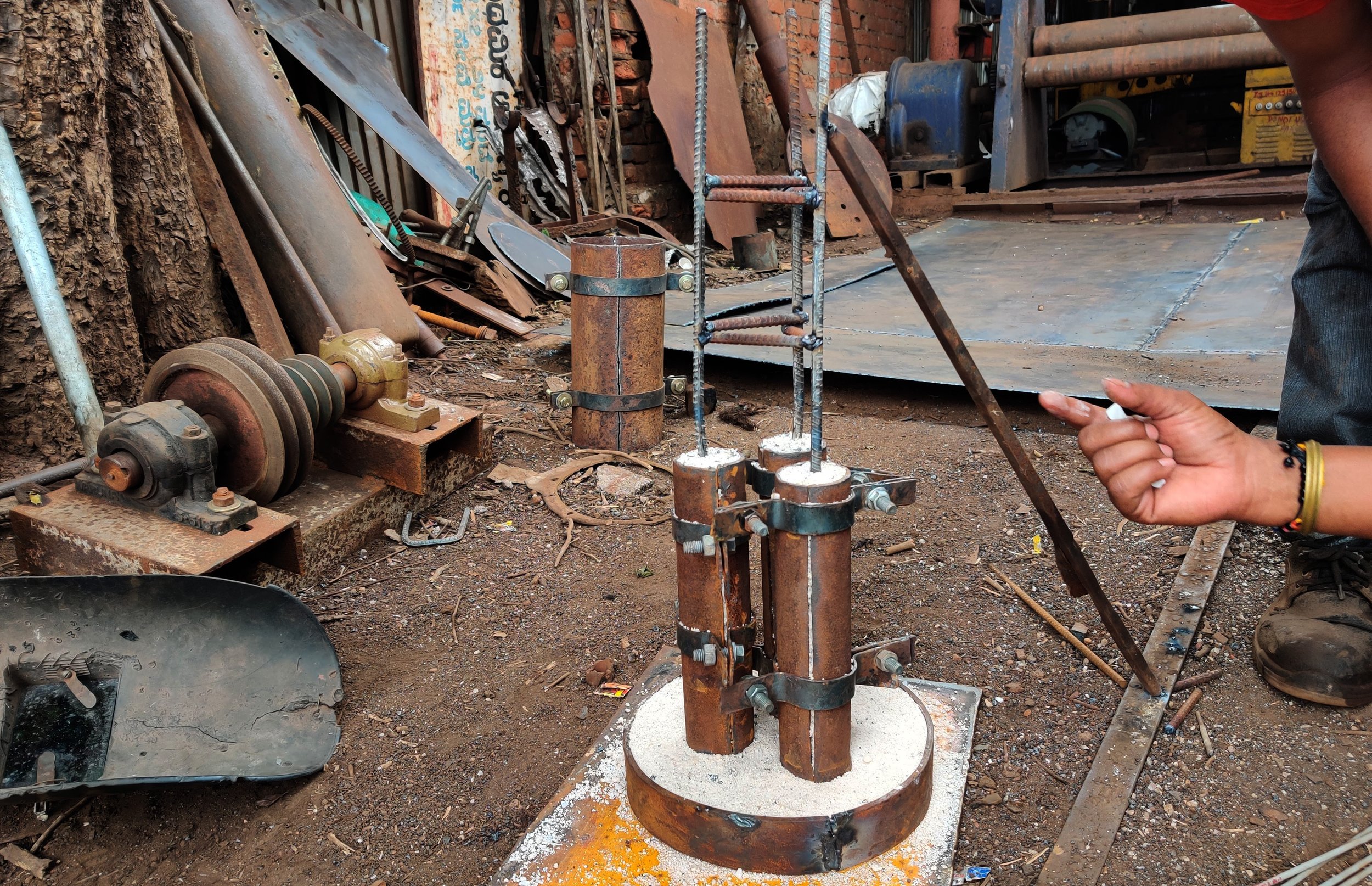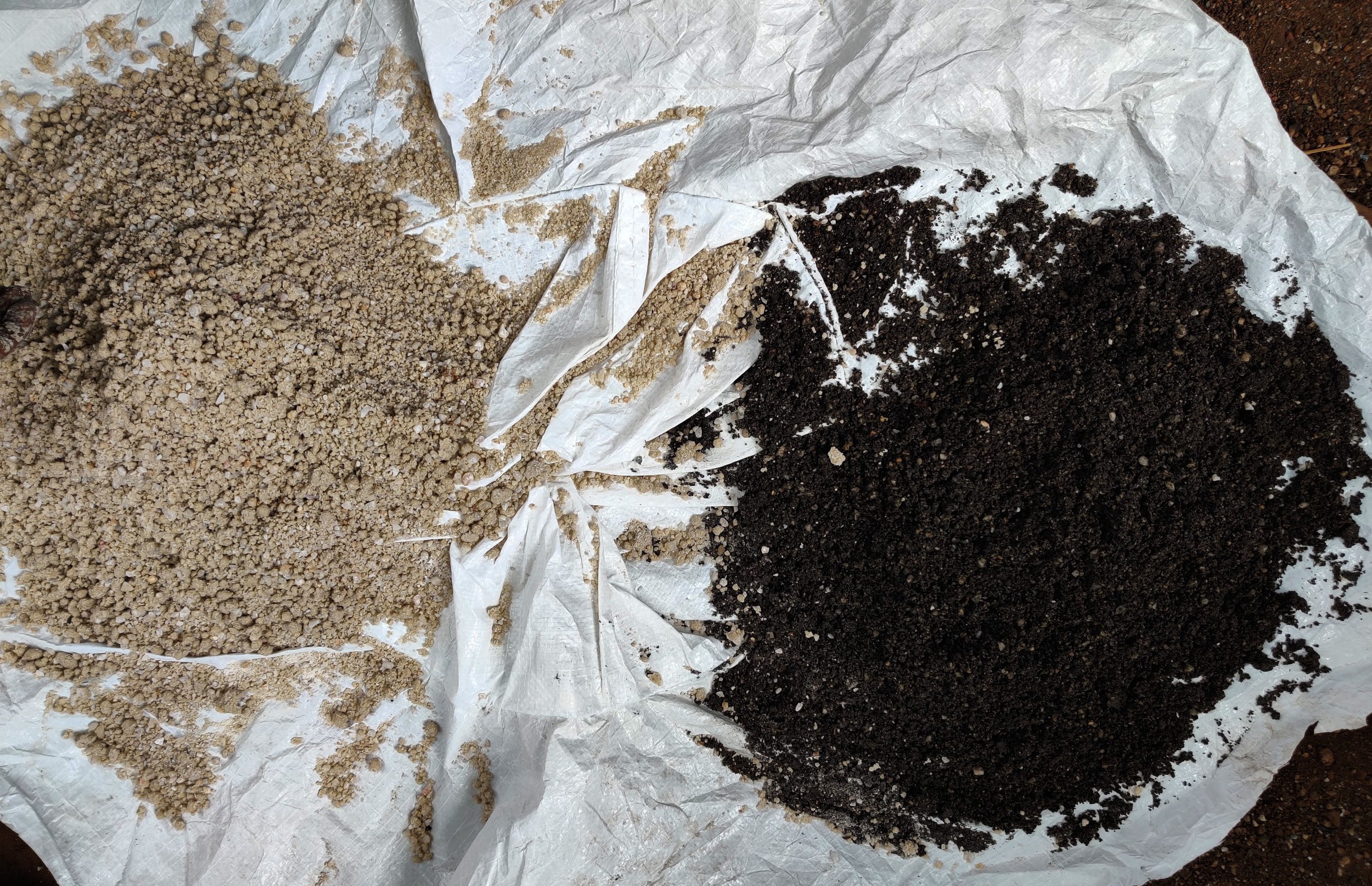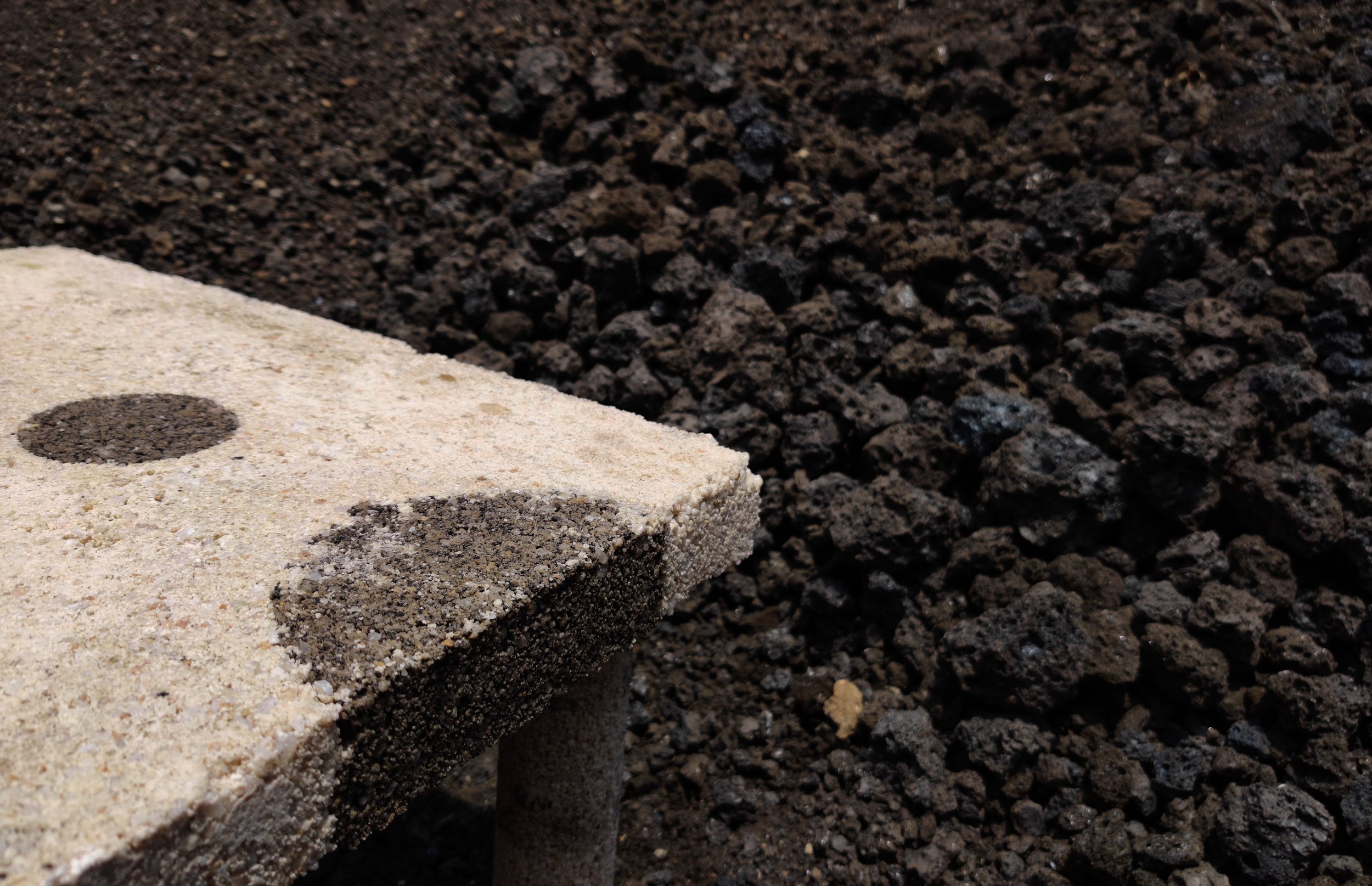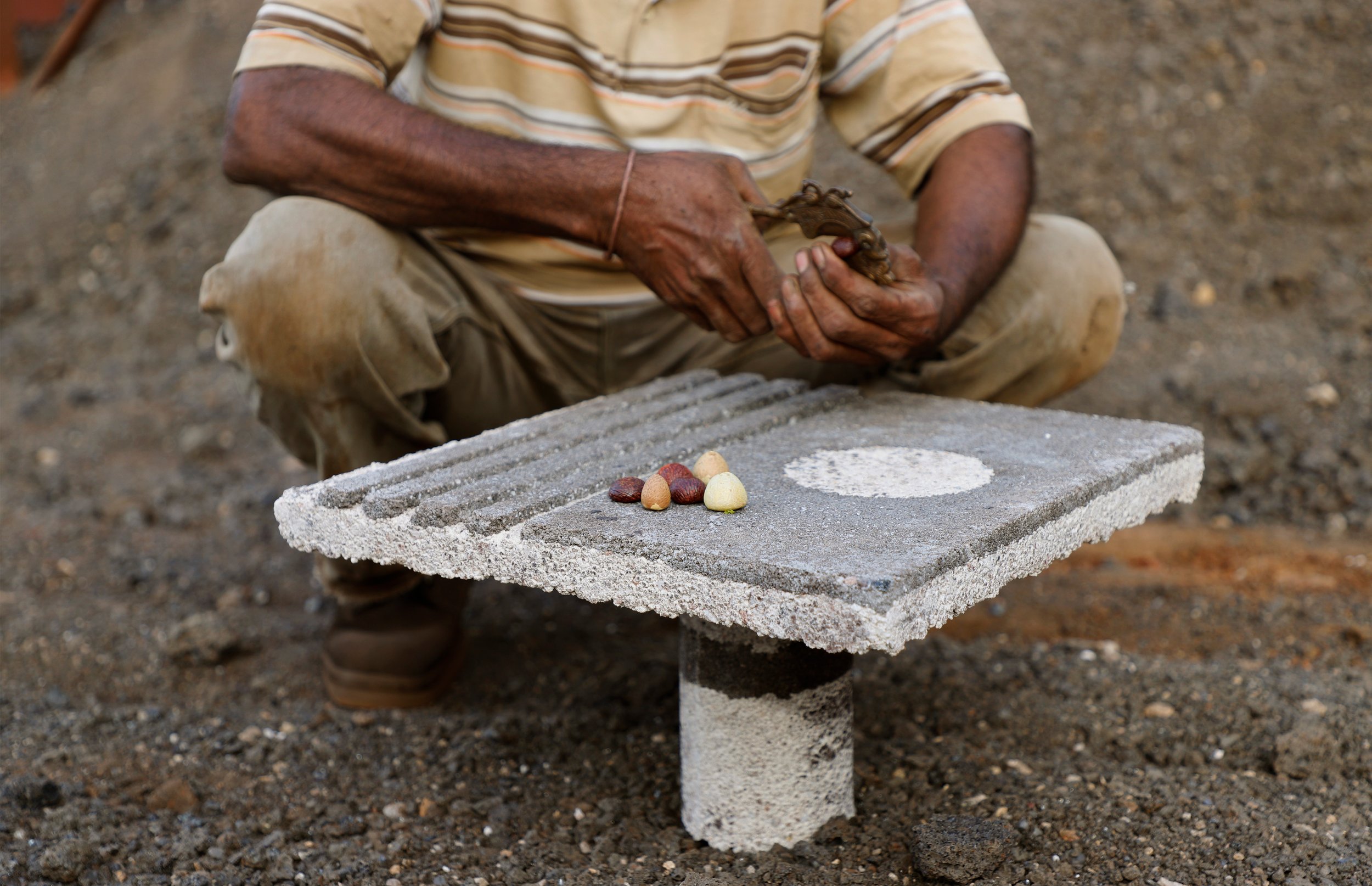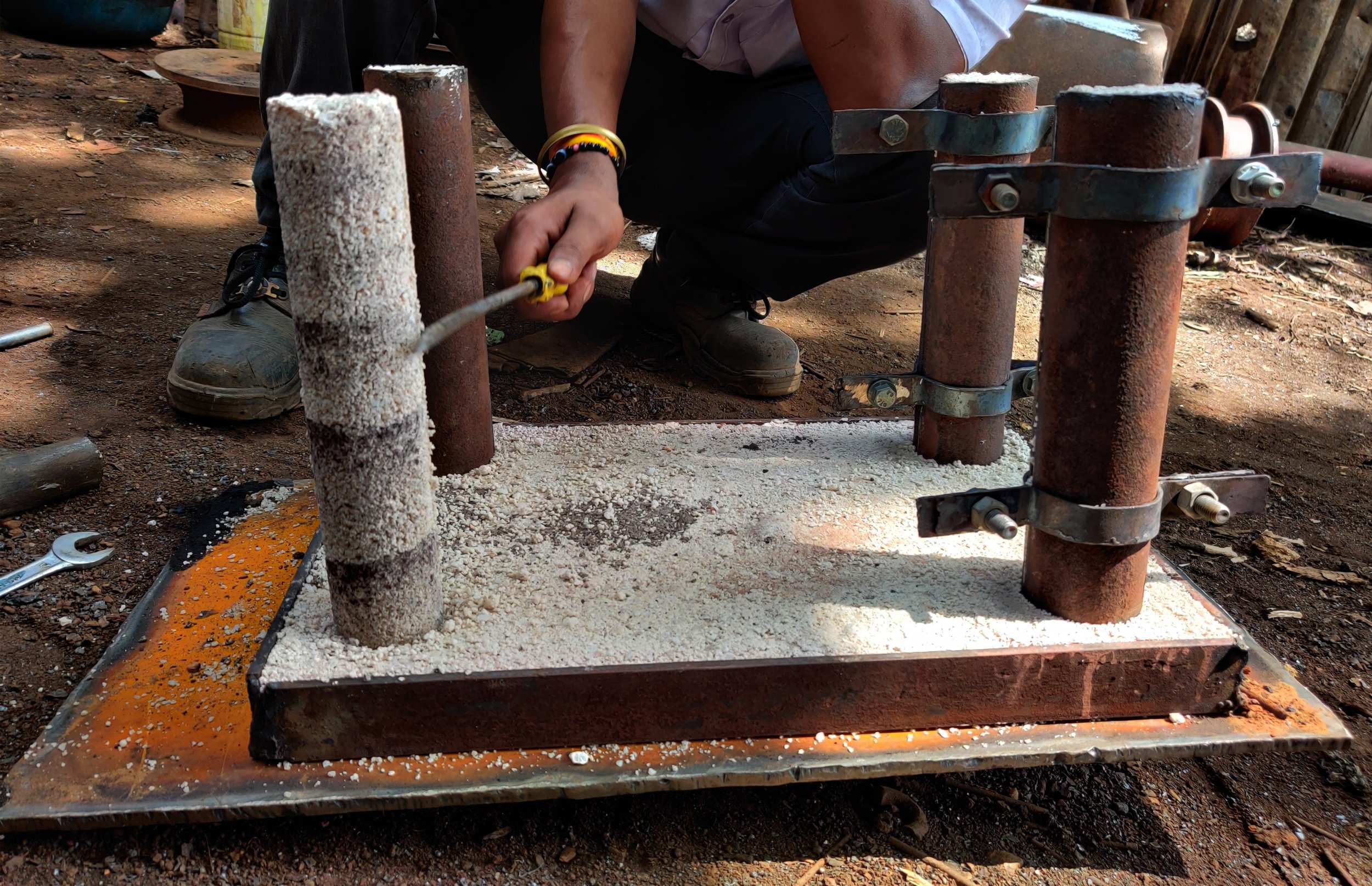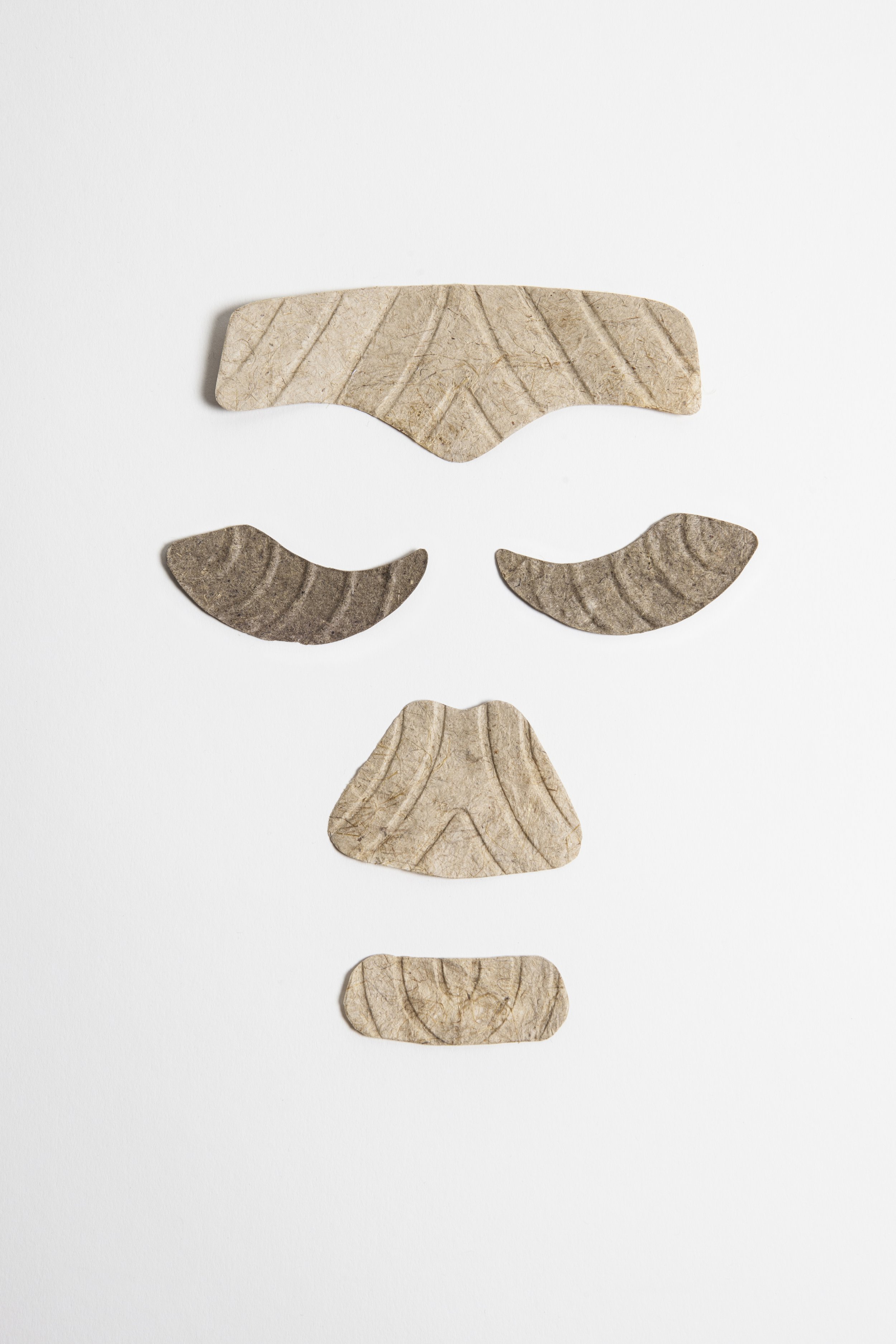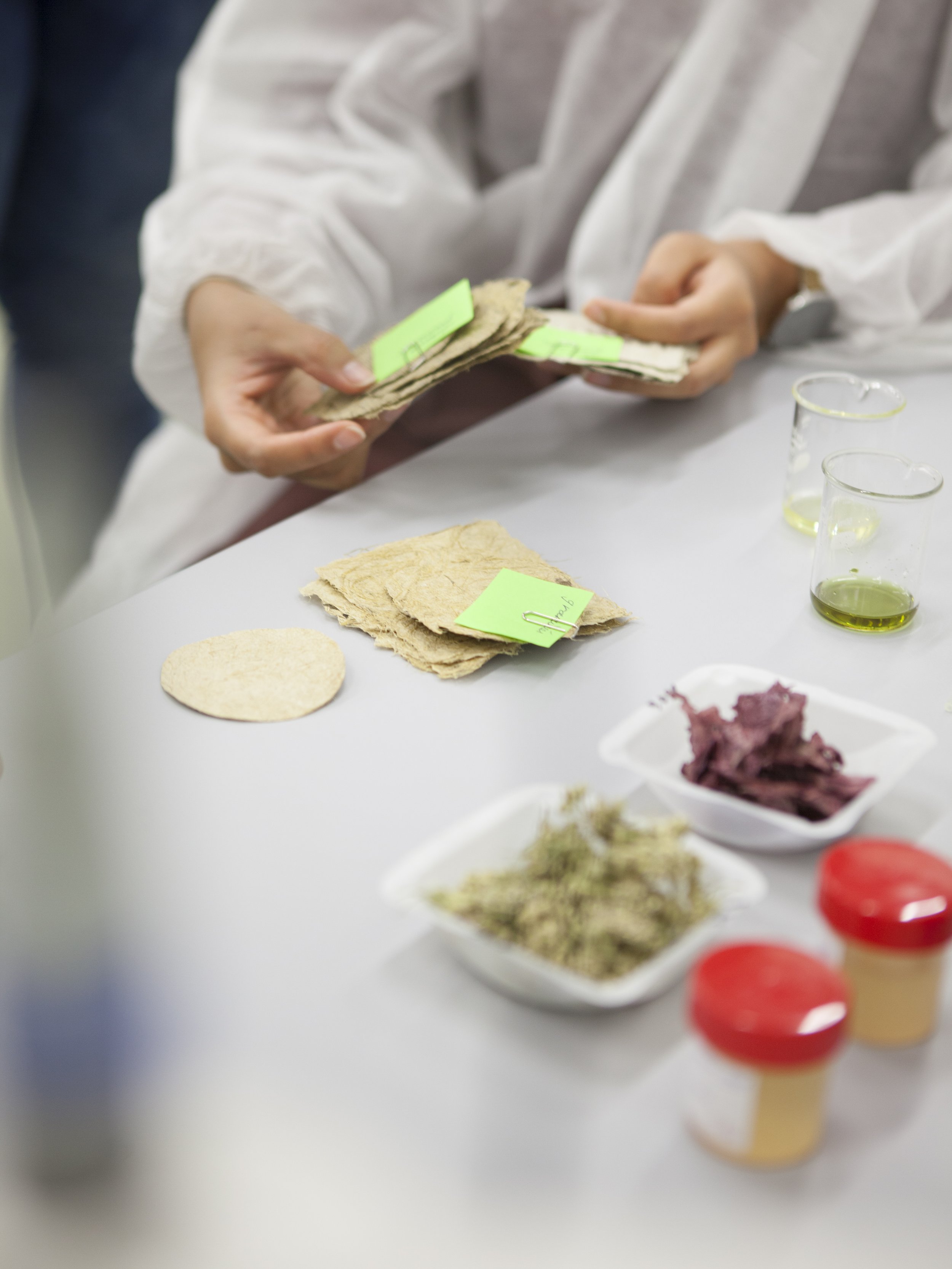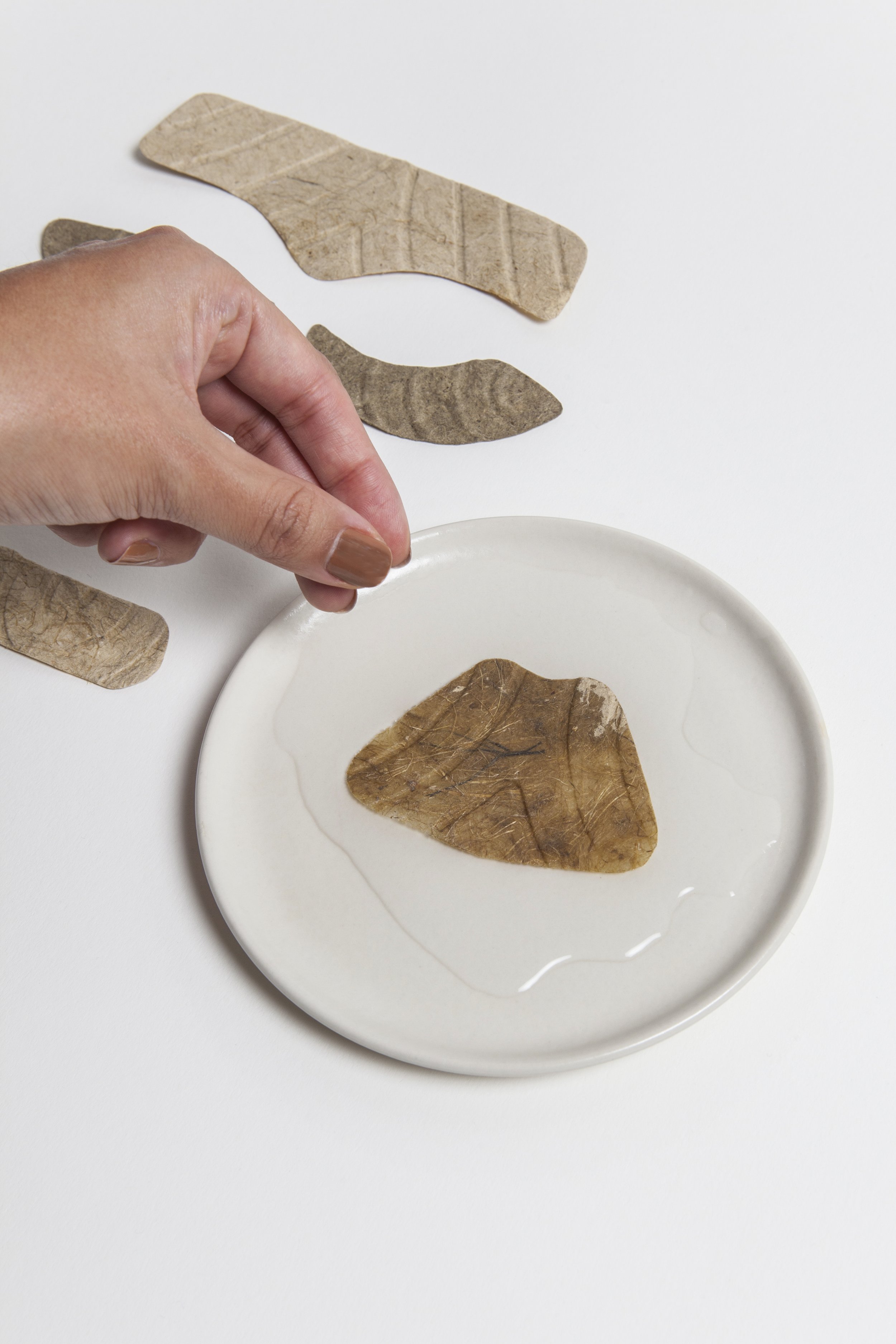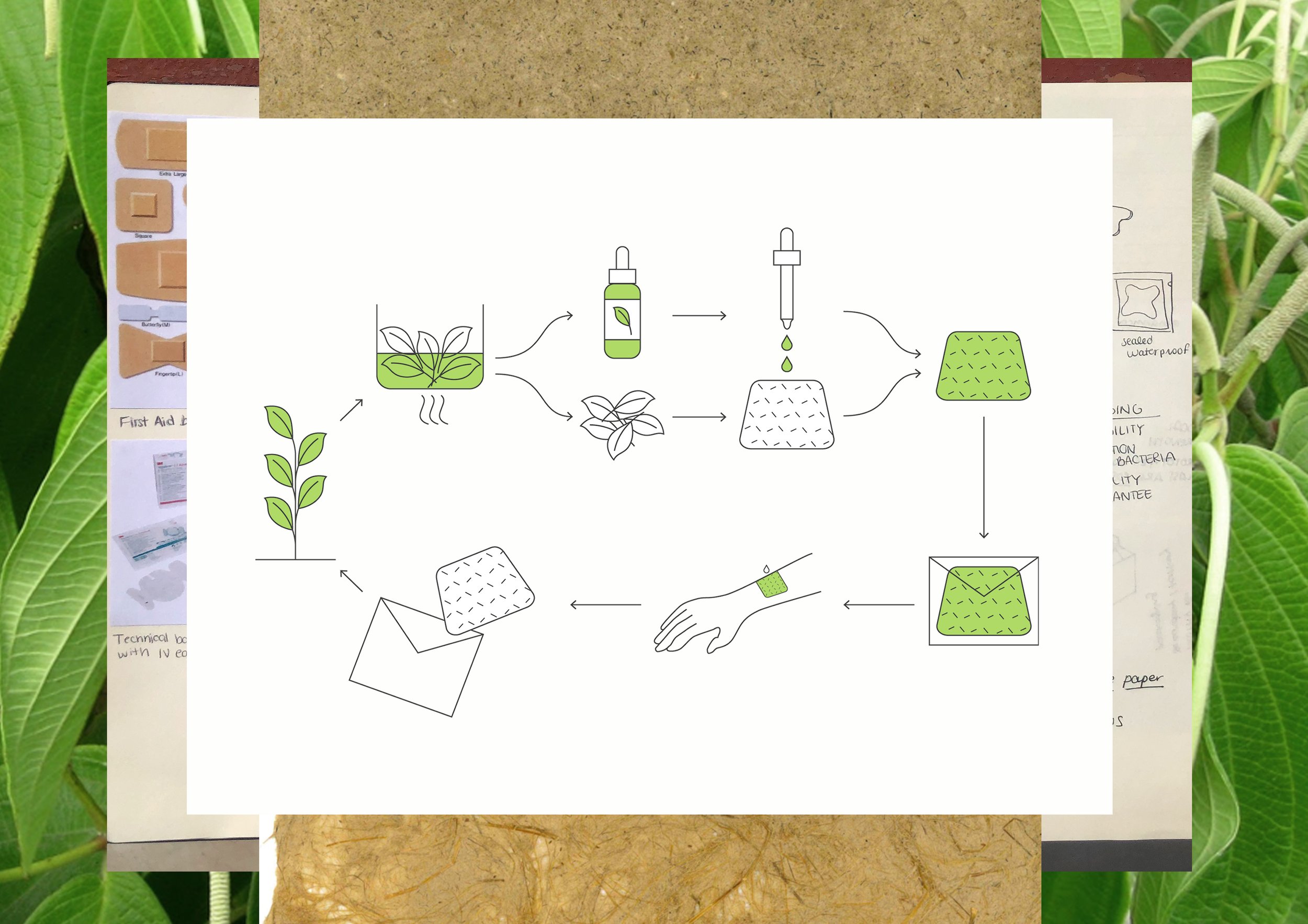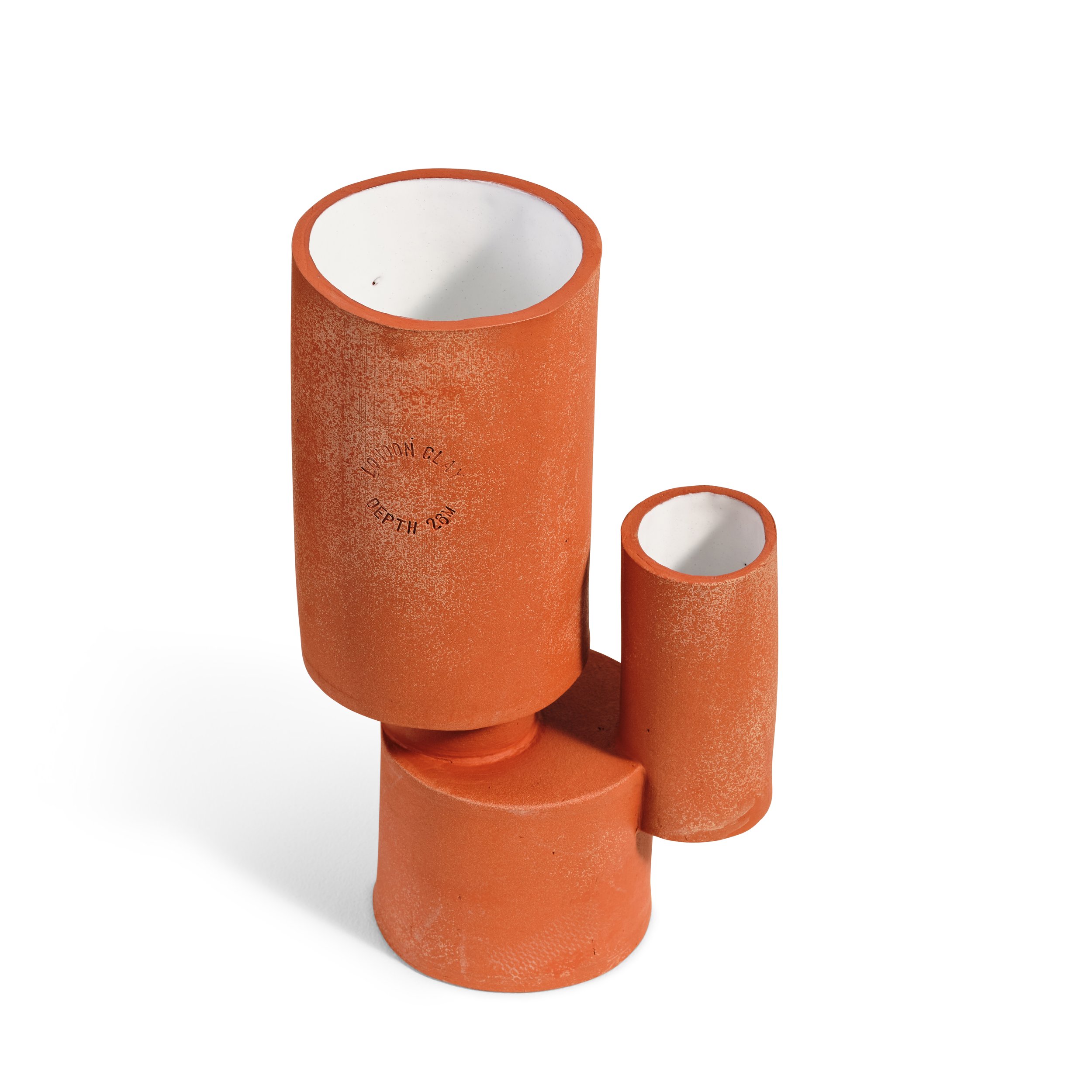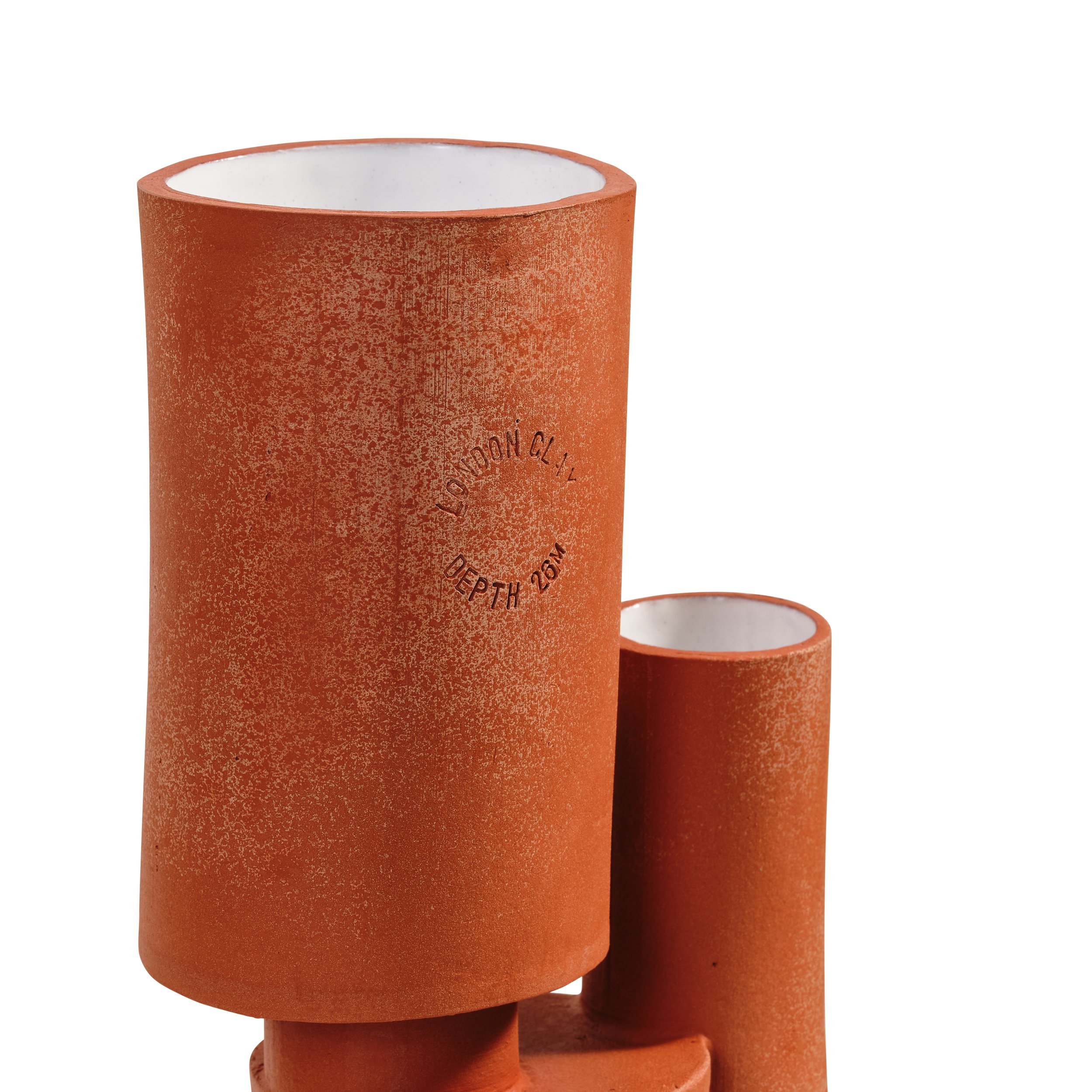5 Female-Led Circular Design Ideas
New and intriguing initiatives, inspired by everyday resources
Words by Sujata Burman
‘Think locally’ is a phrase we often hear when it comes to general consumption. And, looking for hidden resources within their everyday lives is a thread that unites the designers below. For these innovators, circular thinking is all about place and the people in it.
How can India capitalise on systems within the steel industry; or how can food waste in Turkey be turned into a product? Journeying to Peru, one designer investigates how medicinal plants can create fibres for bandages; while another takes their creativity underwater, using waste from the infrastructure that happens 26 metres below land. Read on for further inspiration to add to your design radar.
1. Packioli by Alara Ertenü
Images by Alara Ertenü
When Turkish biodesigner Alara Ertenü was investigating an alternative to plastic packaging, she came across another extremely wasted product, specific to the cuisine of her locale. “80% of each artichoke is thrown out – especially in the west of Turkey,” she explains. Once she had identified her alternative material, all that remained was to see what she could create from it. Following trips to the bazaar, picking up waste artichoke leaves and peapods, plus hours experimenting in the lab, she came up with Packioli – a 100% biodegradable and locally sourced alternative to soap packaging. Not only can it biodegrade in 10 to 15 days, this newly invented bioplastic can be printed on, and has a rich, mustard colouring (dyed naturally from beetroot and turmeric) that makes the packets look like mini ravioli parcels.
2. Probiotic Rituals by Ioana Man
Images by Ioana Man
Fermentation has been gaining traction for a few years now, increasingly finding its way into the mainstream thanks, in part, to our growing taste for the likes of sourdough, kombucha and kefir... One of the bonuses of this ‘trend’, is that it opens the door for us to capitalise on various microorganisms found around the home. Enter Probiotic Rituals by British multidisciplinary designer Ioana Man. She has created a simple toolkit for fermentation and composting that shows you how to make the most out of, quite literally, the germs around you. The clever system educates, while offering a fun guide on using natural resources, and encouraging us to rethink our daily rituals to productive effect.
3. Dross by Rashmi Bidasaria
Images by Rashmi Bidasaria
Indian designer Rashmi Bidasaria is interrogating and bringing to light waste solutions within the manufacturing industry in her project, Dross. The data in this field, she says, speaks for itself: “More than 400 million tonnes of slag from the iron and steel industry is produced worldwide each year.” Her focus is on the recovery of this steel slag, quartz and residual heat that is formed from processing molten iron. Working with a local factory in India, Bidasaria shows how workers can innovate with these waste materials, to produce objects that can be sold in their spare time. Bidasaria describes these industrial plants as “mega-systems that have been functioning for years”; but rather than simply blaming the system, she’s confident that sustainable innovation can come from within. Watch this space for Mini Dross, a homeware collection that shows how this circular system can be both functional and profitable.
4. What about all the bandages? by Paula Cermeño León
Images by Paula Cermeño León
“My interest was piqued by plasters and patches for the skin,” says Peruvian designer Paula Cermeño León. This thought process led her to question why these products are always single-use and why the materials have never been changed. Her experiments soon turned to the natural world –. during her residency at La Becque, Switzerland, she started by creating dry face masks made with plant fibres. Most recently, León has evolved her research with a project that combines biodiversity and wellbeing. Working with a forest engineer and entrepreneur, she has devised the concept for an “active” bandage made from plant fibres, “infused with healing substances from local medicinal plants”, that harness the diversity of plant life available in her home country of Peru.
5. Thames Clay Vase by Alison Cooke
Images by Alison Cooke
The concept of looking back to look forward is what drives London-based designer Alison Cooke’s material innovations. The ceramicist’s work is about digging deep and often uses elements of geological resources to tell her stories – with materials sourced from sites during mining, engineering or scientific research. For the Thames Clay Vase specifically, she used clay that was dug out from 26 metres below the River Thames during the making of London's ‘Super Sewer’, a 25 km tunnel that’s currently in construction under the UK capital, due for completion in 2024. The project allows us to understand more about the underground networks that we are often unaware of, by physically placing the material involved on our tables, reframing the aesthetic to one of beauty Cooke’s Thames Clay Vase is intrinsically tied to place, made within a 1 km-radius of London, as part of an initiative by ideas factory Atelier100 focused on hyperlocal creation.

